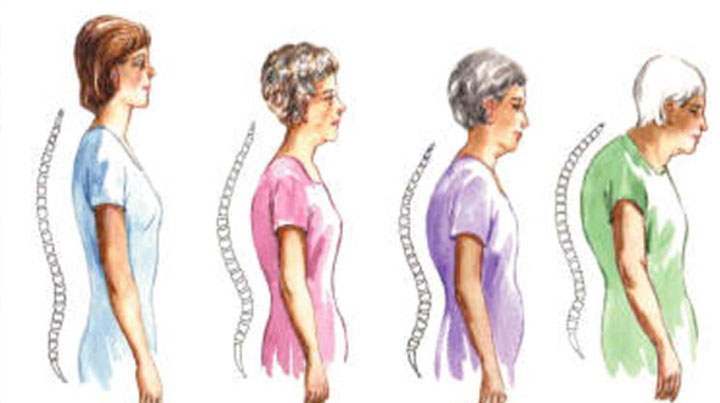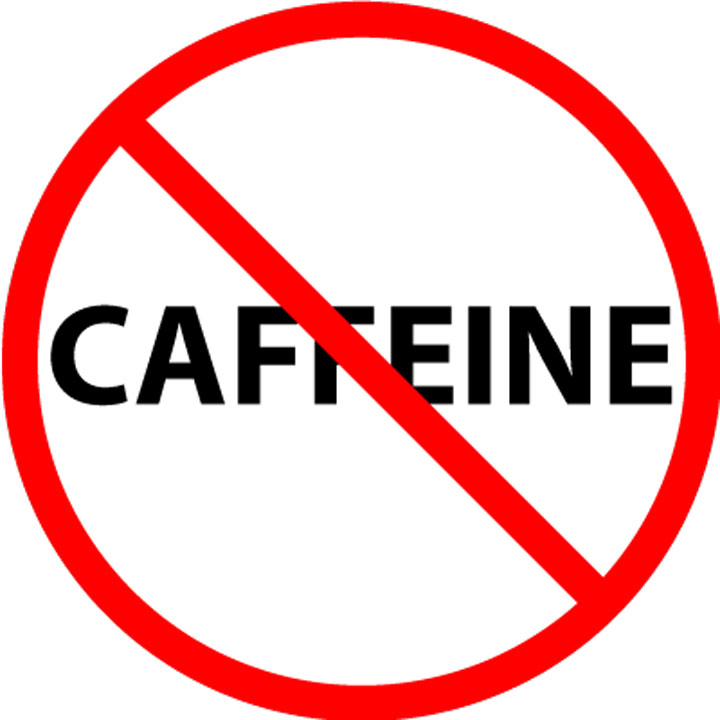Health
A Dietary Guide To Managing Osteoporosis
Aside from heart disease and cancer, one of the most common ailments in middle aged and elderly individuals is osteoporosis. This is the condition when an individual has a decreased bone strength, which can cause bone injuries and disabilities.

The Causes
As with any ailment there are a variety of factors that can cause and increase the severity of osteoporosis. Uncontrollable factors like race (European and Asians are more susceptible), genetics, aging and build (smaller statures are more vulnerable) all play a role in developing osteoporosis.
However, other controllable factors such as excessive smoking (although the exact correlation is not known), malnutrition, vitamin D deficiency and even a can also contribute to osteoporosis.
Most often, a combination of these factors contributes to the condition.
Symptoms and Diagnosis
While going about your day to day life, osteoporosis is fairly hard to notice as it has no symptoms. However, in the event of a minor fall and subsequent fractures it may be likely that you have osteoporosis. Additionally, severe backaches or a loss of height can also be signs of osteoporosis.
If you suspect you may have the condition, visit a medical facility and consult with a doctor. Radiography tests, X rays and Biomarker tests are all methods that can detect frailty of bones.
Treatment
After the condition has been diagnosed, it’s likely that your doctor will suggest a variety of ways to manage it. Medications such as bisphosphonates, alendronate and raloxifene can be prescribed to decrease the risk of fractures when an individual falls.
Additionally, an individual can be advised to begin various endurance exercises to improve bone and muscle strength.
When it comes to their diet, there are several changes an individual can make to manage the condition. To strengthen bones, you should up your intake of –
Collagen
Bones are made of collagen, so in order to build and strengthen them, you need to be taking in enough collagen.
Red fruits and vegetables, like strawberries, beetroots, apples and red peppers all contain healthy amounts of collagen. Beans and soy products also contain good amounts of it.
Calcium
While collagen is what’s used to make bones, calcium is what binds together to collagen. Strong bonds (i.e a high amount of calcium) makes it less likely for bones to tear, fracture or break.
Calcium rich foods include dairy products (milk, yogurt and cheese) as well as dark leafy greens (spinach, bok choy and broccoli), beans as well as cereals and oatmeal.
Vitamin D
Vitamin D facilitates the absorption of calcium making it more effective in holding together bones. Experts recommend 600-800 IUs of Vitamin D per day.
Vitamin D is typically produced when you’re in the sun. Foods like eggs, cereals, orange juice and fatty fish contain good amounts of vitamin D as well. However, if your vitamin D levels are low a doctor will probably also require you take supplements to boost them.
Avoid
Studies of the effects of certain substances on bone strength have loosely indicated a few things that can contribute to deterioration. Salt, for instance has been found to decrease calcium levels. Approximately, for every 2300 milligrams of sodium one absorbs, they lose 40 mg of calcium.
Similarly, many carbonated drinks contain phosphoric acid which increases the loss of calcium. Caffeine is another substance which has been found to leech calcium from the bones; try cutting down your consumption of both sodas and coffee and tea.
By following these dietary recommendations side by side a medicine and exercise management program, you can greatly reduce the negative effects of having osteoporosis.

























